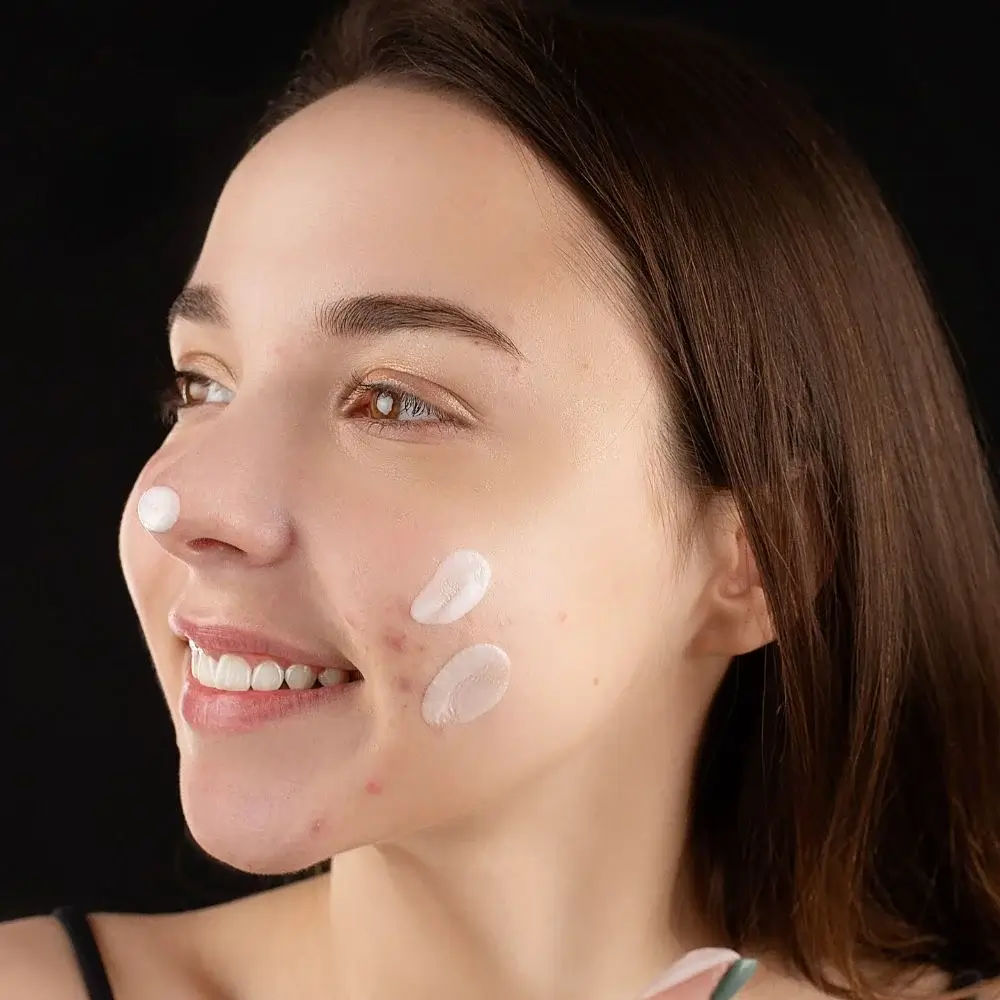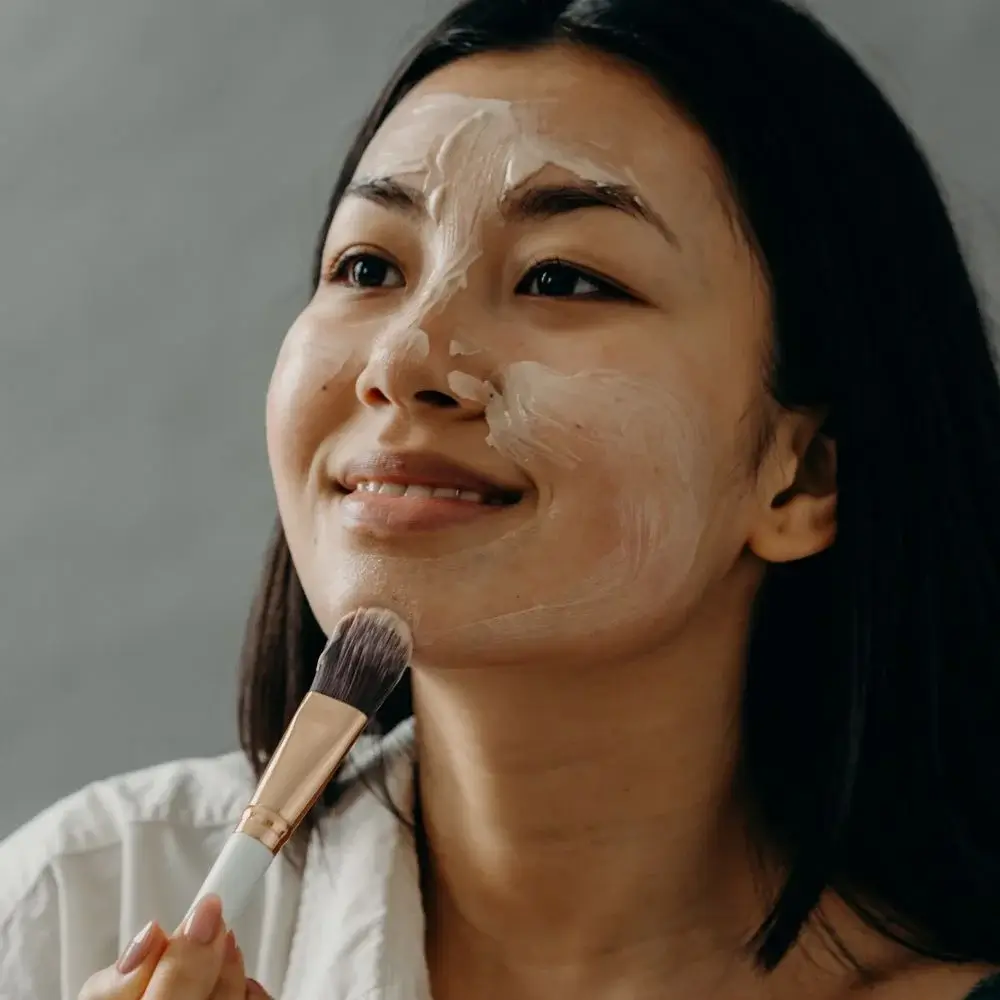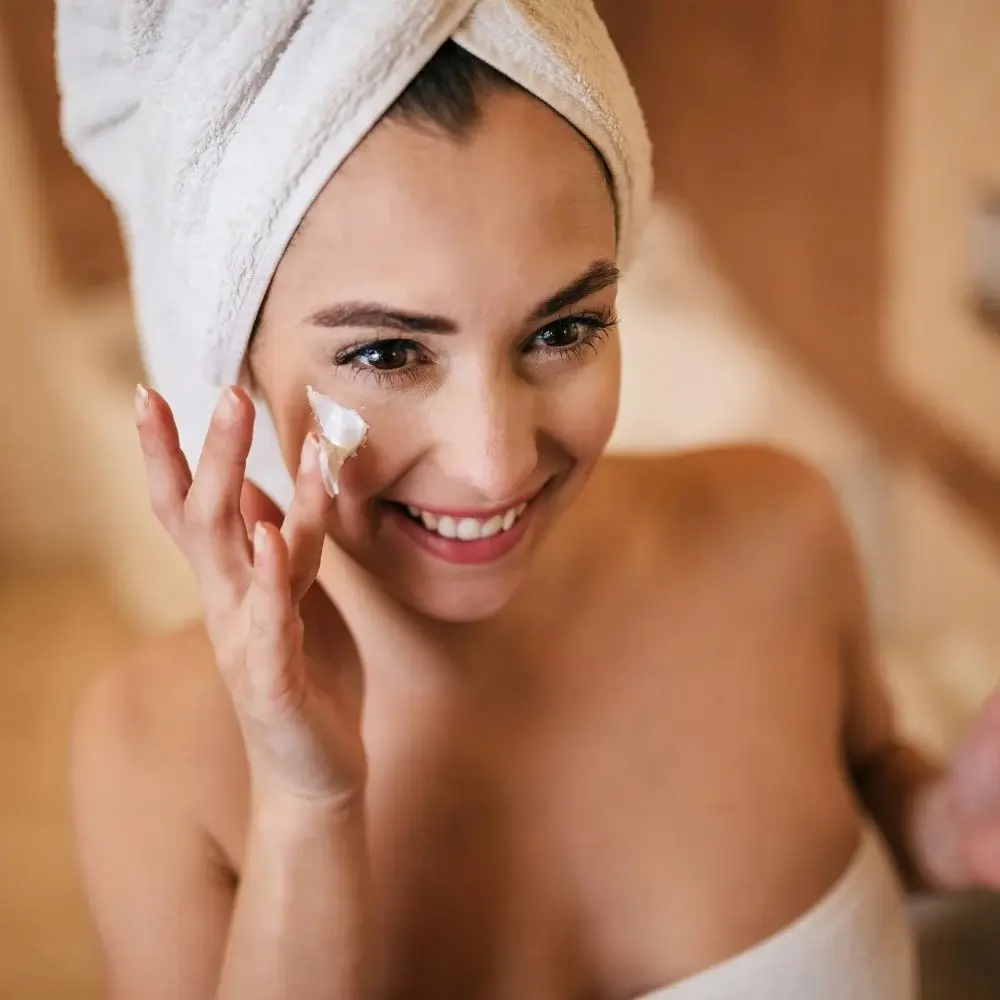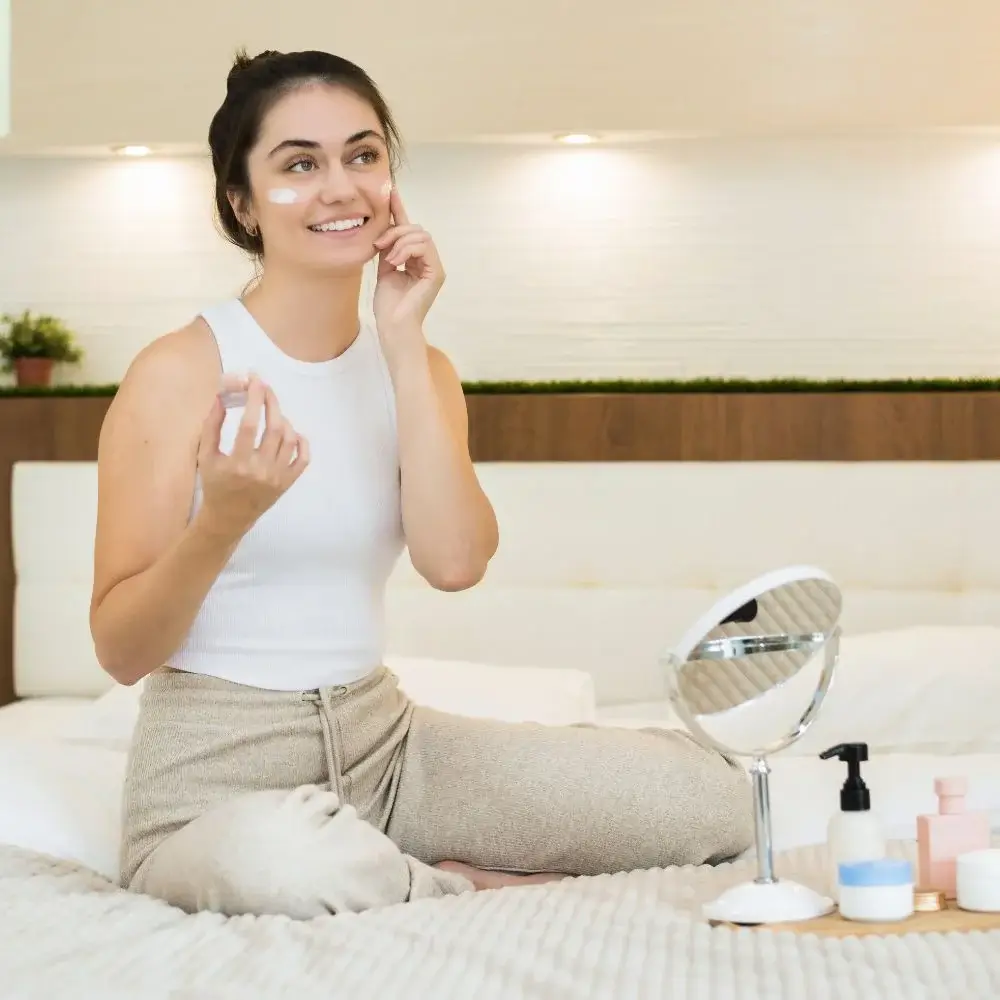Finding the right primer is crucial for achieving a flawless makeup look. But what if you have large pores and acne scars that always seem to peek through? Don't worry; we have got you covered. This ultimate guide will share tips and tricks to help you pick the perfect primer for your skin type.
Look for Pore-Minimizing Formulas:
One of the key features to consider when selecting the suitable primer for large pores is the pore-minimizing formula. Look for primers containing salicylic acid, alpha-hydroxy acids (AHAs), retinol, and niacinamide. These ingredients can help unclog pores, reduce inflammation, and gently resurface the skin, effectively minimizing the appearance of pores and improving your overall skin texture.
Select Primers with Mattifying Formulas:
If you have oily skin, a mattifying formula should be your go-to when selecting a primer. A mattifying primer can help control shine and prevent your makeup from sliding off throughout the day. Ingredients like silica and kaolin clay can help absorb excess oil and give you a matte finish that will last for hours.
Opt for Lightweight Formulas:
You don't want to feel weighed down by a heavy primer, especially when dealing with acne scars. Heavy formulas can clog your pores, exacerbate your acne concerns, and even cause irritation. Instead, go for lightweight primers that allow your skin to breathe comfortably. A silicone-based primer is an excellent option, creating a smooth surface that sits atop your scars and pores without penetrating them.
Consider Tinted Primers:
Tinted primers are a great option if you're looking for other coverage and color correction. Choose a tint that matches your skin tone, and target any areas where you have discoloration from acne scars. This can be a great way to enhance your skin's natural complexion and keep it looking smooth and even all day long.
Read Reviews and Consult Experts:
With so many primers available in the market, choosing the right one for your skin can be overwhelming. Reading reviews from customers with similar skin concerns will help you understand which primers could help you. consulting with a skin expert or beauty consultant in-store can be helpful in understanding which products will work best for you.
A flawless makeup look starts with the proper primer. Choosing the suitable primer for large pores and acne scars doesn't have to be overwhelming. Following our tips, you can confidently select the perfect primer for your skin type. Remember to consider its formula, weight, and tint, and always read reviews and seek professional advice where possible. With the suitable primer, you'll be able to create a smooth, even base to help your makeup last all day.
If you've struggled with large pores and acne scars, you know that finding the perfect primer can be a game-changer. After all, it's the base for all your other makeup products and can make or break your entire look. But don't worry, we've got you covered. Our team has researched and found the best primer for tackling those pesky pores and scars. With just one click of the link, you can discover your next holy grail product. Say goodbye to constantly touching up your makeup throughout the day, and hello to a flawless, long-lasting complexion.
What are the best primers for minimizing the appearance of large pores and acne scars?
The realm of primer options for addressing large pores and acne scars is diverse. Silicone-based primers like Benefit POREfessional stand out for their reputation for minimizing pores and creating a smoother canvas for makeup. These primers contain silicones such as dimethicone, which fill in pores and fine lines, concealing imperfections. Primers with blurring agents, like Smashbox Photo Finish, offer a velvety finish, diffusing light and reducing the visibility of both pores and scars. Consider experimenting with various brands and formulations to find the one that aligns best with your specific skin needs and preferences.

What should I consider when choosing a primer for large pores and acne scars?
Selecting a suitable primer involves considering several factors. First and foremost, prioritize non-comedogenic options. These formulations are less likely to clog your pores, a critical aspect when dealing with acne-prone skin. Furthermore, opt for primers that provide a matte finish, as this helps control excess oil production throughout the day, ensuring your makeup stays put. Pay attention to the importance of skincare within your makeup routine; seek primers enriched with vitamins (such as vitamin E) and antioxidants, which not only camouflage imperfections but also nourish and protect your skin.

What are the critical ingredients for a primer to address these skin concerns?
Delving deeper into primer ingredients, let's explore their roles. Dimethicone, a silicone derivative, is crucial for creating a smoother complexion. It forms a thin, breathable layer over the skin's surface, effectively blurring the appearance of pores and scars. Salicylic acid, commonly found in acne-fighting products, is another vital ingredient. In a primer, it can gently exfoliate the skin, reducing the visibility of acne scars over time. Niacinamide, a form of vitamin B3, regulates sebum production, helping control oiliness and further enhancing skin texture.

How do primers for large pores and acne scars create a smoother skin texture?
Understanding how these primers work on a molecular level can be enlightening. They utilize a combination of fillers and optical diffusers. Fillers, like dimethicone, settle into pores and scars, essentially 'filling' them in and creating a more even skin surface. Optical diffusers are micro-particles that scatter light, which blurs imperfections when applied to the skin. Some primers even incorporate polymers that contract as they dry, providing a temporary skin-tightening effect and reducing pore appearance.

How should I prepare my skin before applying a primer to enhance its effectiveness?
Prepping your skin effectively before applying a primer is vital. Start with a gentle cleanser to remove dirt, excess oil, and residue from previous skincare products. Follow this with a lightweight, non-comedogenic moisturizer to ensure your skin stays hydrated without feeling heavy. To maximize the primer's effectiveness, introduce a pore-minimizing serum with ingredients like niacinamide. Niacinamide not only helps with minimizing pores but also improves overall skin health. Finally, never skip sunscreen; protecting your skin from harmful UV rays and environmental aggressors is crucial before applying makeup.
Should I prioritize a blurring or pore-filling primer for my skin concerns?
When it comes to choosing between a blurring or pore-filling primer, it largely depends on your unique skin concerns and makeup goals. If you're aiming for an overall smoother complexion and want to soften the appearance of fine lines and imperfections, a blurring primer could be your go-to choice. On the other hand, if your primary concern is to specifically reduce the visibility of acne scars and large pores, a pore-filling primer with a thicker consistency might be the more practical option. It's often beneficial to experiment with both types to discover which suits your skin's needs and makeup preferences best.







